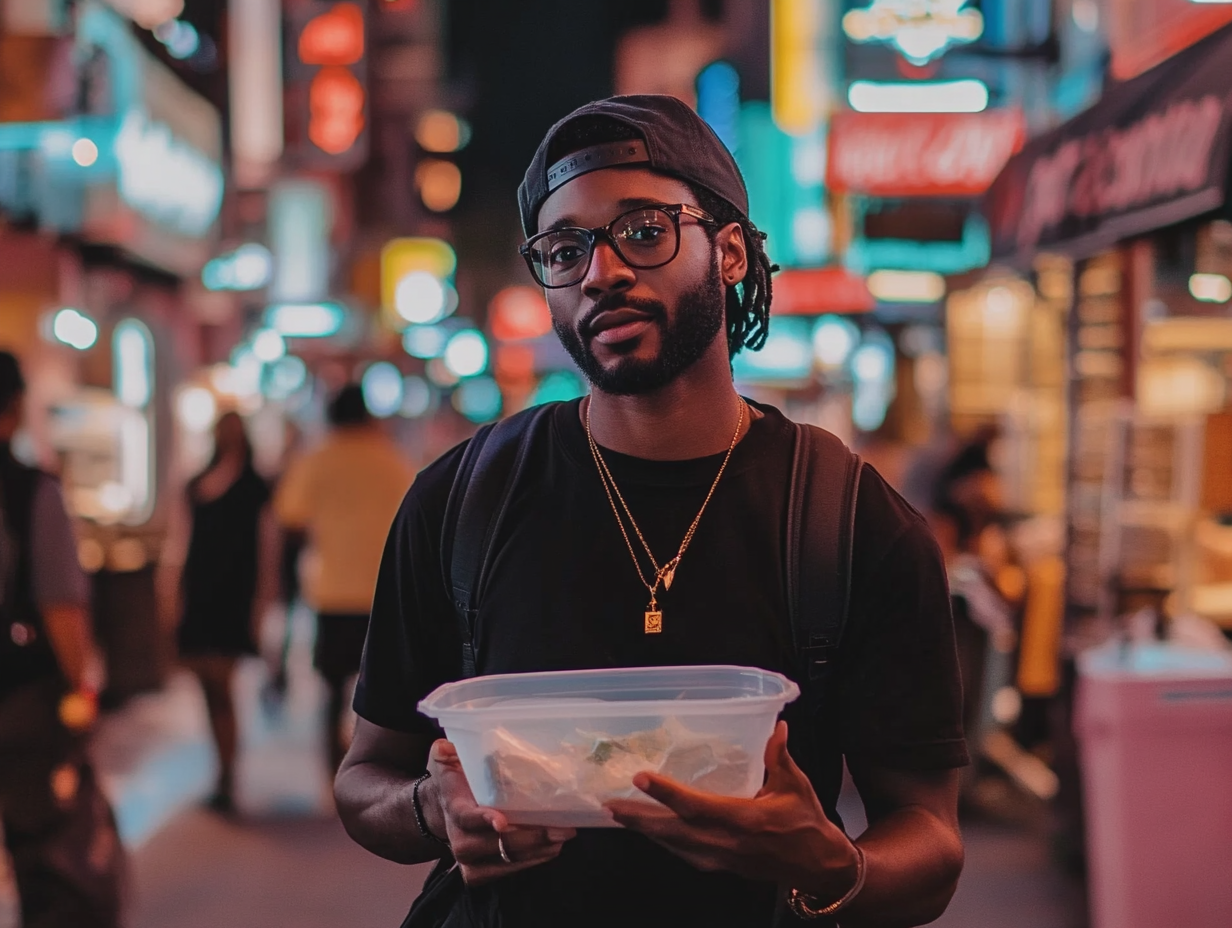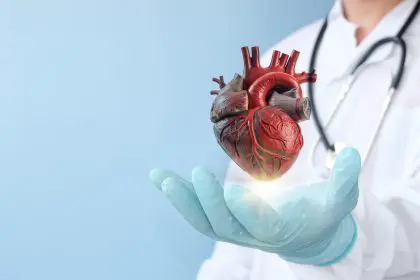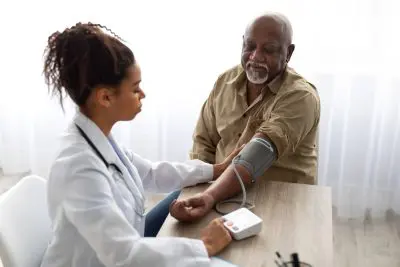The convenience culture that defines modern urban life has a dark underbelly, one that lurks in the seemingly innocent plastic containers delivering our favorite comfort foods. A groundbreaking study has pulled back the curtain on an unsettling connection between these ubiquitous vessels and our cardiovascular health, forcing us to reconsider the true cost of convenience.
The heart of the matter
Deep within research laboratories, scientists have uncovered a disturbing trend that links our beloved takeout habit to an increased risk of heart failure. The numbers tell a sobering story: regular consumers of food from plastic containers face a 13% higher chance of developing congestive heart failure, a condition that transforms the simple act of pumping blood into a daily struggle.
Beyond the surface
The investigation delves deeper than mere statistics. In sterile laboratory settings, researchers subjected common plastic containers to conditions mimicking everyday use. The results paint a concerning picture of how these containers, when exposed to heat, release a cocktail of chemicals that might be slowly compromising our cardiovascular system.
A microscopic revolution
The study reveals an unexpected player in this health drama: our gut microbiome. These tiny inhabitants of our digestive system, disrupted by chemical invaders leaching from plastic containers, may be the key to understanding how seemingly inert packaging materials could influence heart health. The delicate balance of our internal ecosystem, it seems, hangs in the balance with every takeout order.
The chemical cocktail
At the center of this health concern lie familiar villains: BPA and phthalates. These chemicals, long suspected of various health infractions, now stand accused of a more serious crime – potentially contributing to heart disease. Their presence in our daily lives, through the vehicles of convenience that deliver our meals, raises questions about the true price of modern living.
The convenience paradox
The relationship between takeout culture and cardiovascular health extends beyond plastic containers. The very nature of takeout food – often high in sodium and unhealthy fats – creates a perfect storm of health risks. This combination of dietary factors and chemical exposure presents a complex challenge for health-conscious consumers navigating the demands of contemporary life.
The science of heat and plastic
The chemistry of plastic containers becomes particularly treacherous when heat enters the equation. The process of reheating food in these containers can accelerate the release of harmful chemicals, transforming an innocent leftover meal into a potential health hazard. This revelation challenges our conventional approaches to food storage and reheating.
A multifaceted threat
The impact of plastic containers on heart health represents just one facet of a larger public health concern. The study’s findings suggest that the relationship between plastic exposure and cardiovascular disease involves multiple pathways, from direct chemical interactions to broader lifestyle patterns associated with takeout consumption.
The path to protection
Understanding these risks doesn’t mean abandoning modern conveniences entirely. Instead, it calls for a thoughtful approach to how we consume and store our food. Consider these protective strategies:
The art of food transfer involves immediately moving takeout items to glass or ceramic containers upon arrival. This simple act can significantly reduce exposure to potentially harmful chemicals, especially when reheating is necessary.
Mindful ordering practices include selecting restaurants that offer alternative packaging options and being strategic about takeout frequency. This approach balances convenience with health consciousness.
Kitchen organization plays a crucial role, with a well-stocked supply of glass storage containers making it easier to avoid plastic exposure. This investment in proper storage solutions represents a commitment to long-term health.
A broader perspective
While the study’s findings demand attention, they should be viewed within the context of overall cardiovascular health. Genetics, exercise habits, and dietary choices all play significant roles in heart disease risk. The plastic container connection adds another layer to our understanding of cardiovascular health rather than replacing existing knowledge.
The future of food delivery
This research arrives at a crucial moment in the evolution of food delivery culture. As awareness grows about the potential health impacts of plastic containers, innovative alternatives are emerging. The industry stands at a crossroads, balancing convenience with health consciousness.
A call for change
The implications of this research extend beyond individual health choices to broader questions about industry practices and regulatory oversight. The findings suggest a need for renewed examination of food packaging standards and increased investment in safer alternatives.
The path forward
As we navigate these findings, the goal isn’t to induce panic but to promote informed decision-making. The convenience of takeout remains an valuable aspect of modern life, but understanding its potential risks allows us to make smarter choices about how we consume and store our food.
The relationship between plastic takeout containers and heart health represents a complex intersection of modern convenience and public health. As research continues to unveil the hidden costs of our convenience culture, consumers face important decisions about how to balance these competing priorities.
This moment calls for thoughtful reconsideration of our daily habits rather than wholesale abandonment of modern conveniences. By understanding the risks and taking appropriate precautions, we can continue to enjoy the benefits of takeout culture while protecting our cardiovascular health.













